Unlock the Value of Big Data Now: Its Need, Trends, and Challenges
2.5 quintillion bytes of data are generated each day, according to Finance Online reports. In a data-intensive world, ignoring the possibilities and value of big data might be a lot to miss out on. But wait, how do you know you are missing something? Unless you don’t know what we are dealing with here?
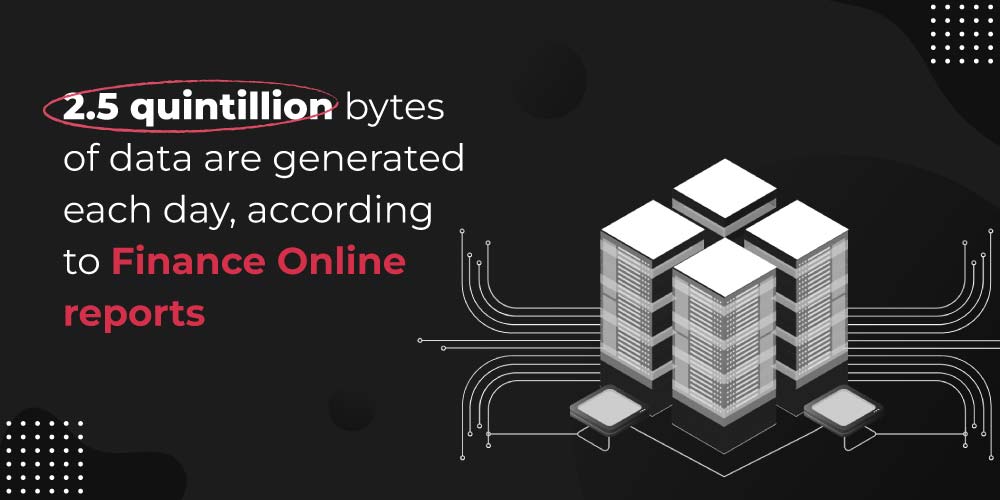

In layman’s language, big data is a lot of data or data on a colossal scale. To be precise, it is a huge information data set that is ever-increasing and growing. It is usually demarcated as structured and unstructured. As the name suggests, structured data is the information you manage in sheets and databases in the form of numeric values. In contrast, unstructured data is unorganized and has no set format. And all of this makes it. But there’s more to defining and exploring the value of big data.
Find out with the following sections:
- Defining Big Data
- Why it’s needed?
- Who are the users of big data?
- Trends to look forward
- What’s making big data challenging?
What is Big data?
This was bound to be our first and foremost section to take the discussion further on the subject of the possibilities and value of big data. In the beginning, we laid out the basic idea. To elucidate further, Big Data is too big to be stored in any form of a traditional database. It is usually understood with the 5 V’s according to Simplilearn, where it denotes:
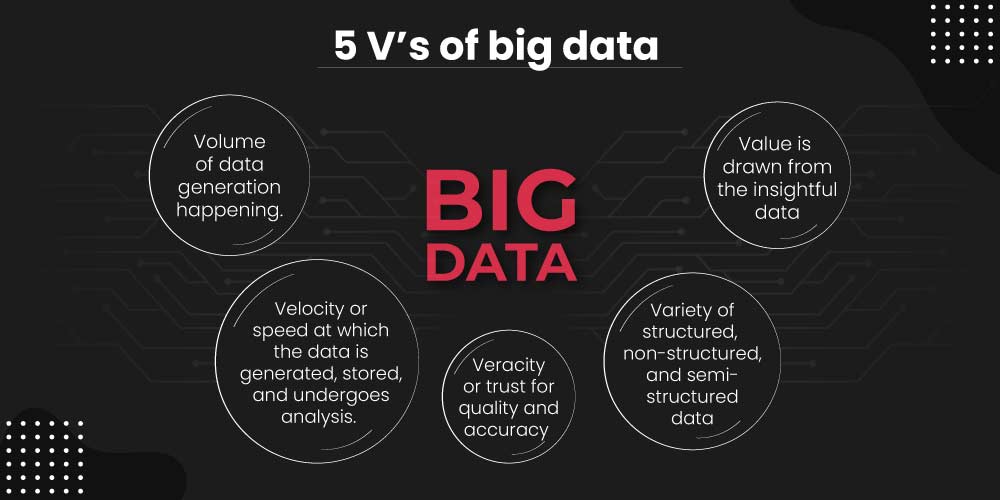

- Volume of data generation happening.
- Data velocity or speed at which the data is generated, stored, and undergoes analysis.
- Value is drawn from the insightful data
- Variety of structured, non-structured, and semi-structured data
- Veracity or trust for quality and accuracy
That is, it comes in huge volumes, at higher speed/ velocity, helps with valuable data that comes in different categories and is trusted for its data storage, quality and accuracy.
Why is Big Data needed?
Reasoning out for any selection is as important as taking it. If something exists, it doesn’t need to be important to you. Identifying the need and reasons for it is crucial.
Although according to Templeton, “Moving to data-driven business models where decision-making rests on data will be the core of digital transformation across every industry in 2023 and beyond.”
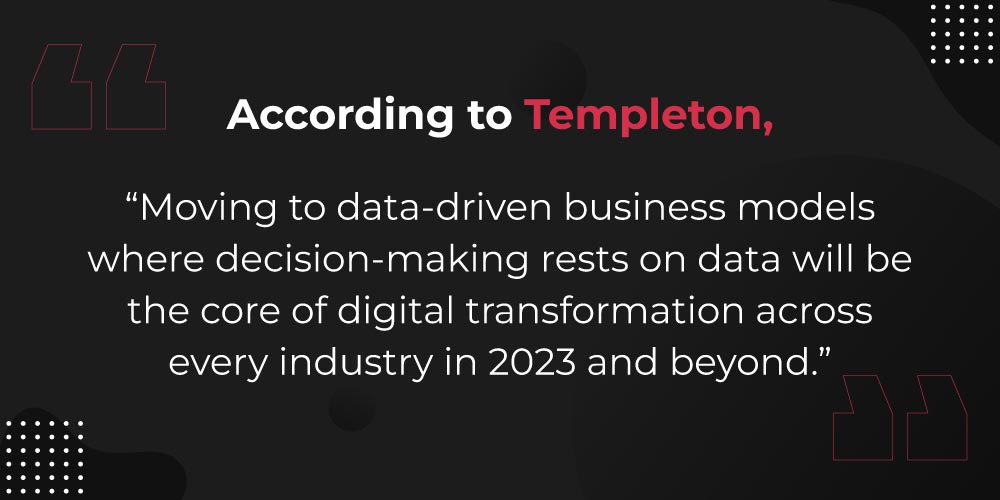

This helps us take you to the reasons that state:
- It shapes decision-making for businesses.
- Services and products are smarter during delivery.
- Internal efficiency and operations in businesses improve.
- Consumer and market intelligence is more refined during collection.
- Assistance comes in the form of consumer pattern predictability. Which then encourages customer loyalty and satisfaction for the brand.
That being said, according to Gitnux data, around 97.2% of organizations today plan on investing in big data and AI. Who dub the reason as;
To better understand, analyze and use their collected data.
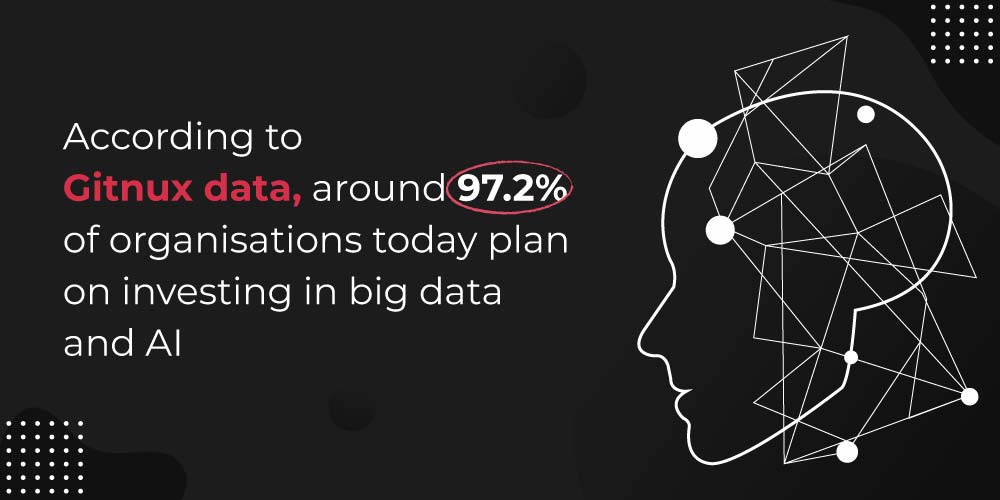

Because it gives the companies a competitive edge with its complex data sets. But then again, the why to tap onto this alone won’t do. Learning who needs its utility is something to look forward to. Let’s learn that in the following section.
Who are the users of big data?
The users or the industries who use this are:
- Education industry: Specifically for Higher Education systems where today, Learning Management Systems are deployed to track, manage and assist the student learning process. Along with the measure of teaching efficiency.
- Banking sector: Where big data usage aims to monitor the financial market activities.
- Media and entertainment industry: Where the usage lies in creating customer-centric content, drawing suggestive content patterns, and measuring performance.
- Manufacturing industry: Here, it plays a pivotal role in decision-making.
- Healthcare sector: In the healthcare industry, big data’s efficiency is employed in keeping a tab on the volumes of data, which is analyzed at times for solving patterned health scares.
- Governance: With extensive data to look into, it is an important asset for efficient governance across multiple divisions.
- Insurance industry: They need this to analyze the market and formulate predictions, leading to customer retention.
- E-commerce sector: Since retails have now tapped into the e-world of selling, big data analytics comes in handy for improving customer experiences via data analysis.
To help you better understand the key players, some known names (companies) who use it include:
- Spotify
- Meta
- Amazon
- Netflix
Remember how all these platforms give you recommendations and data on the basis of your interaction? If you browse classical music on Spotify, it recommends similar playlists. Same with Amazon, when you search for a product, similar suggestions begin to pop up in no time. Your Facebook (even Instagram) feed shows you things on the basis of how you interact. And Google, of course, works on your activity patterns.
With time, data production is only going to increase because, according to Statista, the world is set to produce data of slightly over 180 zetta bytes by 2025! Therefore, identifying what it is, the reasons, and the key players. We have to also look into the trends it is set to experience.
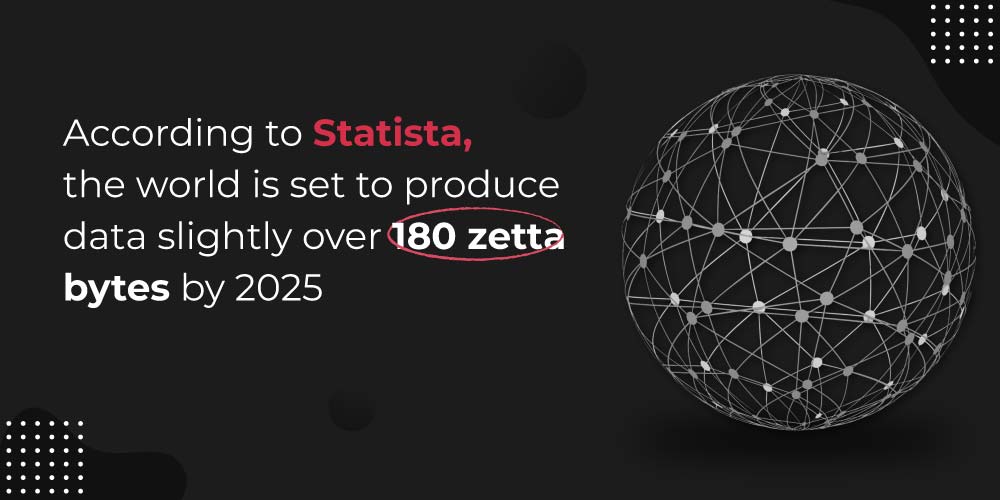

What will be the trends in big data now?
The trends in big data in the present scenario look like this:
Cloud storage
We all use and access the cloud like never before. Dubbing it the best place to store huge piles of data. But our quantity of data is way limited to big data. However, the cloud has an edge in comparison to other databases. This time big data management on the cloud seems to rise, as per Entrepreneur India.
Arrival of Data Lakes
Data lakes are large storage houses that store all data in their native format. With it’s size utilizing Data Lakes is a vital requisite now. At the same time, it provides services for data processing and analysis.
AI and Machine Learning technologies
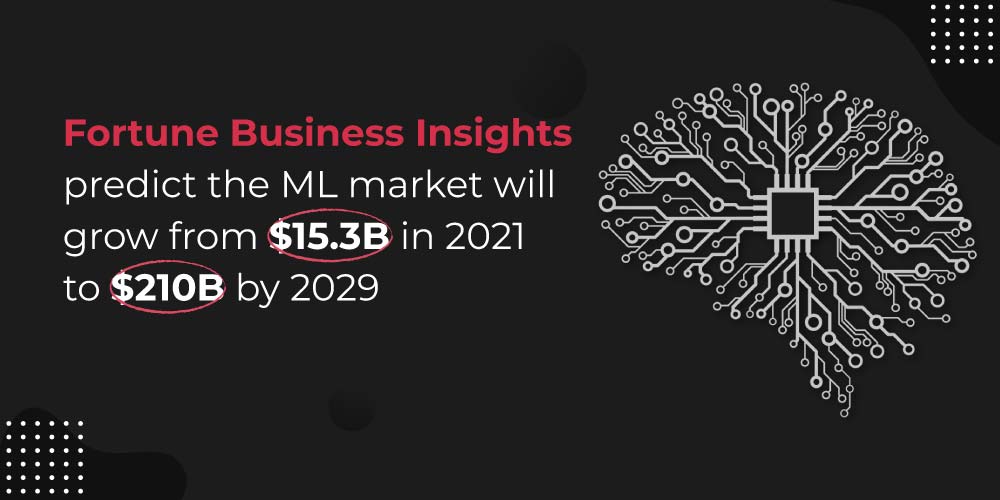

Big data is tapping into AI (Artificial Intelligence) technologies’ ingestion and analysis potential. Since many big companies are making use of AI and ML technologies, combining it with these can lead to optimized and improved business processes. Because human-technological interactions (or natural language processing) with the likes of AI, ML, and IoT are set to rise from 2023 and beyond.
Real-time analytics is growing
Big data imbibing is now taking a step further in the live monitoring of situations. Say at locations like stadium sections that aren’t easy to man up. Observation says with tech-assisted via this, you can learn the problems in real-time and gain insights on what is happening at the moment.
But there are challenges to this usage. That are not going to rest soon. Let’s discover what they will be about.
What’s making big data challenging?
Big data is potentially very rich. Since its a large amount of data. But how will it perform if these challenges walk in parallel? Deducing the value of big data rests on defeating these very challenges for it today.
Data security
With a data pile as massive as big data, a lack of organization and security measures could easily give away protection. Risking tons of that pile.
Shortage of data personnel
When you bet on the quantity and quality of big data, you also need qualified personnel to churn out effective deliverables. A general lack is rampant today, leading to considerable losses in tapping its insights. So before you set your foot in it, ensure the team is efficient and trained to handle it.
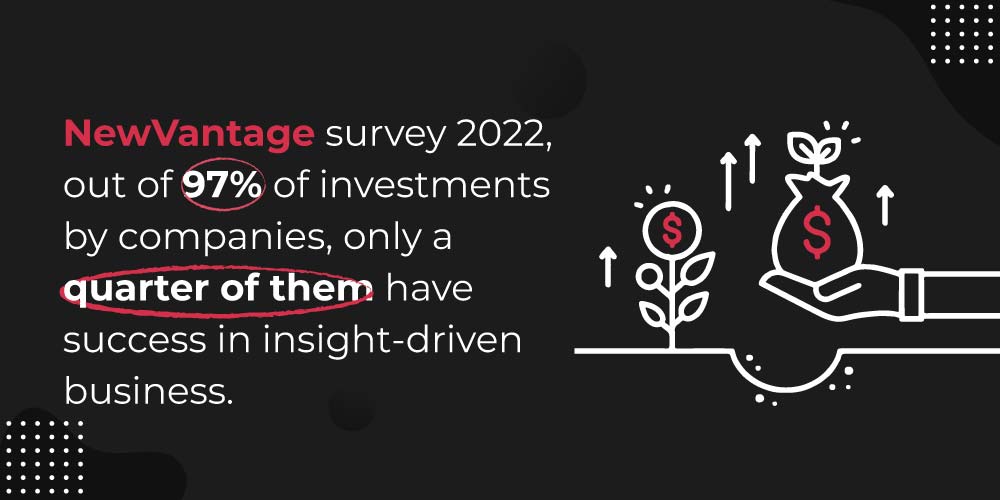

Because according to the NewVantage survey 2022, out of 97% of investments by companies, only a quarter of them have success in insight-driven business.
Multiple data formats
Remember, how did we bring to your notice about structured, unstructured, and semi-structured data? So this is the thing, with different types of data, getting them together for your analyzing tools becomes very heavy to figure out. That is, data integration is challenging.
High costing
Storing, analyzing, and utilizing big data is no easy process and come with a heavy costing tag along. Therefore, an IT budget limitation can keep you from tapping the potential.
Selection of big data tool
How many of us have faced issues with the wrong selection of tools? Quite a lot, right? We can’t gain expertise if we don’t know where to begin. So it is always better to seek a professional to assist you in the right direction.
Upscaling
Out of all the challenges in Big Data, this one’s tricky. Big data grows at a phenomenal pace. Even if you have every process and system in line, the upscaling can hamper the performance. Because you have to be wary of the fact whether the system can take it well.
The challenges we discuss here stem from the trends, to be precise. Because trends are the ambitions we set out with, and challenges show us the accurate picture. So make sure you make an informed decision while using or trying to use big data. After all, the value of big data rests on how ‘you’ make it valuable.
Till then, keep reading. And keep checking the space for more on technology and its aids. And for doubts, if any, please feel free to connect with us! We will be happy to assist and help you through.







